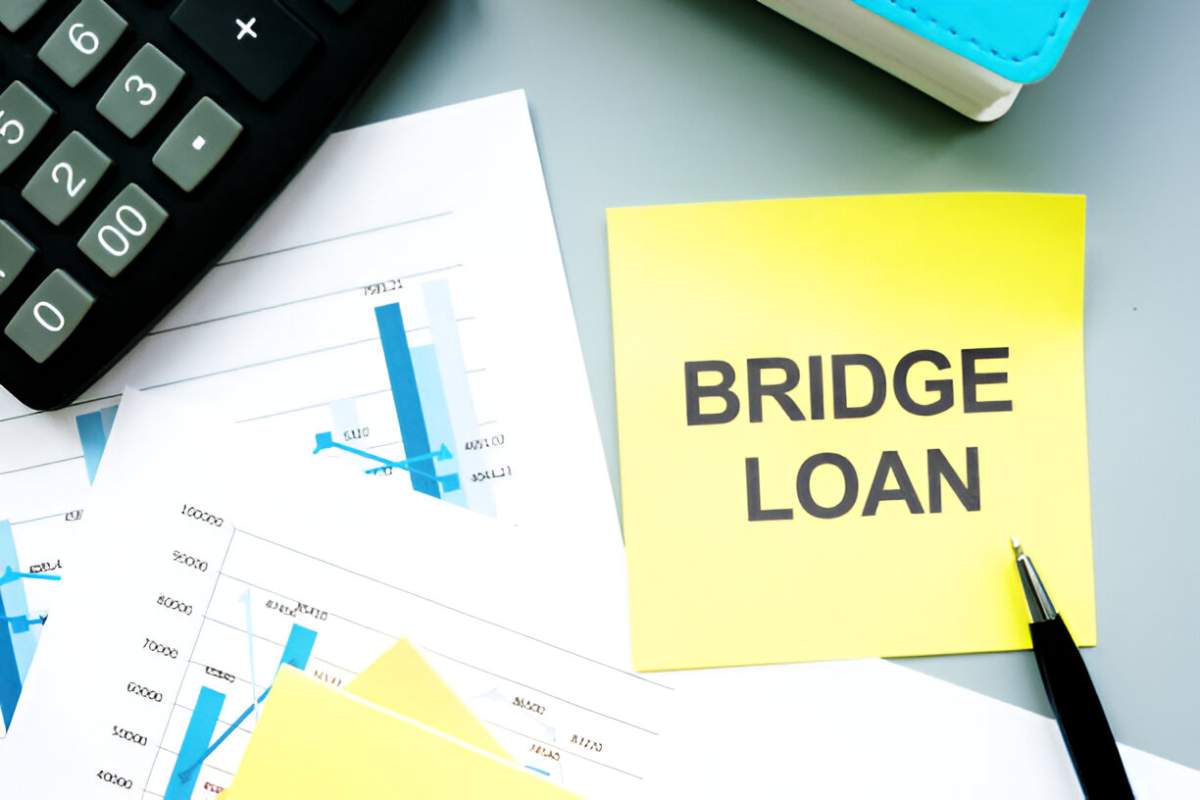For investors and buyers needing temporary financing to close the gap between buying and selling real estate, bridge loans are a great financial tool. Repayment of a bridge loan, however, needs both financial discipline and cautious preparation. Given shorter payback times and often higher interest rates than conventional loans, it is imperative to carefully control the terms. A borrower’s experience and result will be much different if they learn good methods. Reliable lenders like Bridge Loan Direct also provide tools to enable borrowers keep on top of their repayments.
Knowing Bridge Loan Payback Systems
Usually, bridge loans use either full or interest-only payback systems. With an interest-only loan, the principle is payable at the end but the borrower can make lesser payments over the loan duration. Full repayment loans, on the other hand, could call for both interest and principle payments all through. Choosing a reasonable schedule that fits your financial flow depends on knowing these possibilities. Understanding the structure of your loan will help you to design your payback plan. Review the lender’s terms first, then early on clear your expectations.
Establishing a Fair Payback Schedule
Bridge loans are short-term, usually lasting a few months to a year, hence you should realistically arrange your payback schedule. Once they sell their current house, many borrowers want to pay back the loan, but market volatility can complicate matters. Think about the length of time similar houses in your neighborhood remain on the market and be ready for possible delays. This schedule should cover marketing, staging, negotiating, and closing times. Estimating conservatively gives flexibility should the selling process take longer. Being ready for changes guarantees that you keep ahead of debt responsibilities free from worry.
Giving Loan Repayment top importance in your budget
Once a bridge loan is in place, repayment budgeting should take front stage. Plan your regular budget with monthly interest payments or principle reductions to prevent last-minute financial crisis. It’s smart to set aside some of your estimated sale earnings or savings especially for loan payback. Monitoring your spending and changing your discretionary spending will liberate money for loan obligations. Should your bridge loan call for regular installments, automated payments guarantees timeliness. Making repayment a primary financial objective helps you avoid building interest and any penalties that could throw off your financial security.
Getting ready for property sales’ delays
Unexpected delays in selling your house could raise pressure to satisfy bridging loan requirements. Real estate markets can be erratic, hence even the best-laid intentions could run across obstacles. Make a backup plan in case the sale falls short of your intended timeline to help to reduce this risk. Think about whether alternate financing, refinancing, or savings would let you access extra money. You might also wish to speak with a real estate professional to hasten the sale with new marketing plans or pricing changes. By aggressively addressing these opportunities, you protect your credit profile and lower your risk of loan default.
Approached with discipline, planning, and the appropriate support network, controlling bridge loan repayments does not have to be taxing. Above all, keep up contact with your lender and give payback top priority in your financial strategy. Trustable lenders like Bridge Loan Direct help clients to confidently and quickly pay back their loans. The secret is preparedness and tenacity; this will turn transient funding into a wise long-term action.











Leave a Comment